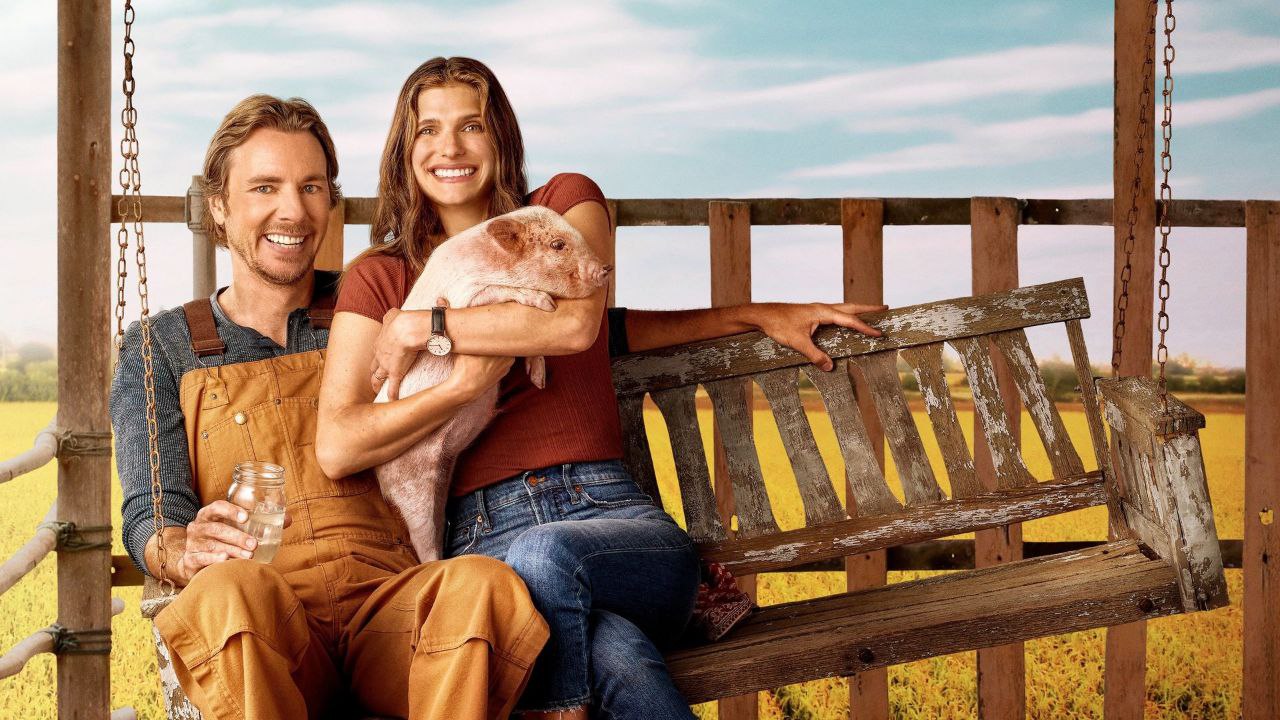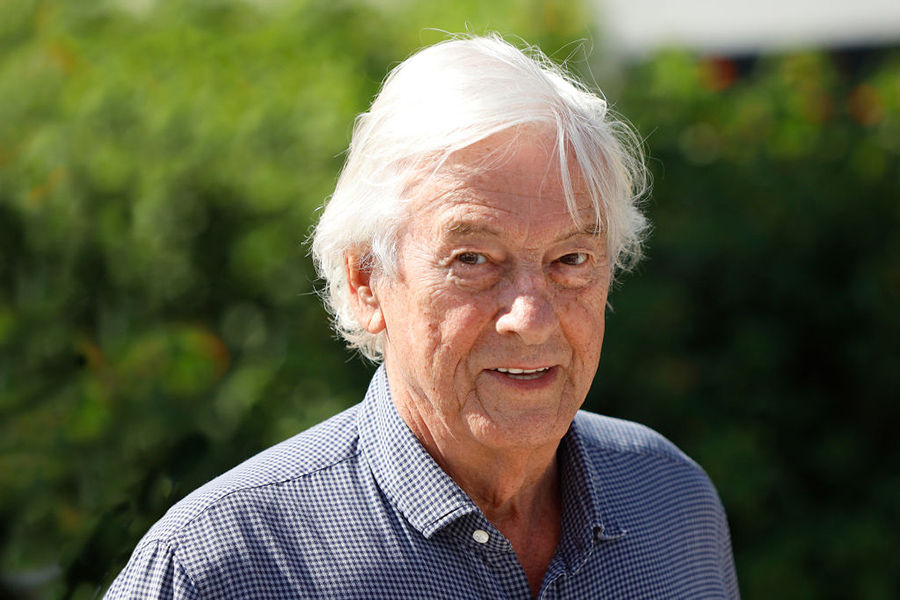On July 26th, at the age of 56, Sinead O’Connor passed away. She rose to fame in 1990 with the song “Nothing Compares 2 U.” Thanks to the global success of this hit and her eventful personal life, the Irish singer captured the public’s attention throughout the following three decades.
Originally, the ballad “Nothing Compares 2 U” was written by Prince for the group The Family, but their rendition went unnoticed. However, O’Connor’s cover of the song skyrocketed to the top of the charts. The iconic music video, featuring close-ups of the singer’s dramatic face, became a cult favorite. At one point, tears started streaming down O’Connor’s face, as memories of her late mother, the song’s subject, overwhelmed her. “Nothing Compares 2 U” is often referred to as one of the most melancholic compositions in pop music.
Throughout her life, O’Connor was an active feminist and advocated for socialism in Ireland. In 2018, she unexpectedly converted to Islam and adopted the name Shuhada Sadaqat. A year before that, she shocked and frightened the public when she posted a tearful Facebook video discussing her bipolar disorder. In 2022, following the suicide of one of her sons, the singer announced her retirement from the music industry.
Sinead O’Connor will be remembered as one of the most prominent singers with a one-hit wonder. However, it’s not uncommon for artists who achieve sudden success to never replicate it. Here are ten more famous cases:
Tanita Tikaram
A British singer with Indian and Malaysian roots, Tanita Tikaram made her mark in 1988 with the hit “Twist in My Sobriety,” a song about the thoughts of a person entering adulthood. The philosophical musings of the twenty-year-old struck music lovers with their maturity. Moreover, the distinctive timbre of her low voice instantly set Tikaram apart from most other emerging female singers. However, little has been heard from Tikaram since then.
Suzanne Vega
In the early 80s, Suzanne worked as a receptionist and dreamed of becoming a big artist. After composing her most famous song, “Tom’s Diner,” she decided to record it a cappella because, in the early stages of her career, she couldn’t afford to hire a musician to accompany her on the piano (as the composition was originally intended).
In 1990, dancefloors around the world were ignited by an unauthorized remix of “Tom’s Diner” created by two British DJs, DNA. Susanne was so impressed with this version that she convinced her record label to buy the rights to it. The officially released remix sold over 3 million copies, making Suzanne Vega a global celebrity.
Sam Brown
British singer Sam Brown came up with the song “Stop!” when, as she puts it, at 19 years old, she was covered in acne, wearing ripped jeans and Dr. Martens boots, driving down the highway in Los Angeles. Strangely enough, after the release of Roman Polanski’s erotic film “Bitter Moon” in 1992, where “Stop!” played as part of the soundtrack, the song became firmly associated in the minds of millions of people worldwide as the perfect music for a striptease rather than a dusty desert road trip.
Consuelo Velazquez
When Consuelo Velasquez was 15 years old, she had never been kissed. Upon hearing the aria “Quejas, o la Maja y el Ruiseñor” from the opera “Goyescas” by Enrique Granados, the passionate Mexican girl was so inspired that she wrote her legendary song “Besame Mucho” (Spanish for “kiss me a lot”). This sensual song, written in the Cuban bolero genre, became one of the most famous compositions of the 20th century. Hundreds of world-renowned stars, including The Beatles, have recorded, are recording, and will continue to record their cover versions of it.
Joan Osborne
In 1995, Joan Osborne released the song “One of Us,” which encourages contemplation of what question one would ask God if they accidentally bumped into Him on the street and whether the Creator is lonely in the heavens, as hardly anyone calls Him, except perhaps the Pope. The provocative lyrics in the format of a pop song resonated with everyone – ordinary listeners, critics, and believers alike. The success of “One of Us” instantly made the American singer one of the brightest performers of a single hit.
Toni Braxton
When renowned American composer Diane Warren offered Toni Braxton to perform her song “Un-Break My Heart,” the singer initially refused. The story of unbearable sorrow due to lost love seemed too dark and depressing. However, after some persuasion, Braxton finally included the song in her repertoire, which made her a global star and earned her a Grammy in the category of “Best Female Pop Vocal Performance.” Critics, such as Dave Sholin, wrote about “Un-Break My Heart,” stating: “For most people who hear Diane Warren’s composition, skillfully guided by David Foster, it takes a few minutes to breathe normally again.”
KAZKA
In 2018, Ukrainian singer Olexandra Zarytska and her group KAZKA took the music world by storm with their music video “Plakala,” which has now amassed over 400 million views on YouTube. While it remains their only superhit to date, the group is relatively young, having formed in 2017. Therefore, KAZKA has every chance of breaking out of the pleasant but not prestigious category of One Hit Wonders, especially with the current surge in creative activity within Ukraine’s music industry amid the full-scale war with Russia.
Garbage
The band led by Scottish vocalist Shirley Manson is considered one of the most successful rock groups of the 1990s. However, in the public consciousness, Garbage is primarily associated with the song “The World Is Not Enough,” which became the main soundtrack for the Bond film of the same name. The stylishly dark and seductive electronic atmosphere of the song, combined with the lyrics from the perspective of a female villain, talking about seduction and global domination, won the hearts of millions worldwide.
Las Ketchup
In 2002, the song “Asereje” by the female quartet Las Ketchup, consisting of four sisters, became a worldwide dance sensation, much like the “Macarena” before it. It had the same energetic Spanish vibe, catchy chorus, and a set of simple dance moves that anyone could learn from the music video. Interestingly, the chorus of the song is a play on the lines from the 1979 rap hit “Rapper’s Delight” by The Sugarhill Gang. In the original, it goes:
I said a hip, hop, the hippie to the hippie
the hip-hip-hop, a you don’t stop
the rock it to the bang bang boogie say up jumped the boogie
to the rhythm of the boogie, the beat
In the chorus of Las Ketchup’s song, the same lines are repeated in a playful manner using what is known as “gibberish” or “Tarabish” language, imitating the original Spanish lyrics of “Rapper’s Delight” by The Sugarhill Gang:
Aserejé ja de jé de jebe
tu de jebere sebiunouva
majabi an de bugui
an de buididipí
Vanessa Paradis
“Joe le taxi” – Vanessa Paradis recorded this song when she was just 14 years old. However, the track immediately became a European superhit, which opened doors for the singer’s future, including signing an advertising contract with Chanel, acting in numerous films alongside stars like Depardieu, Belmondo, and Delon, and eventually marrying Johnny Depp.
Source: The Gaze







